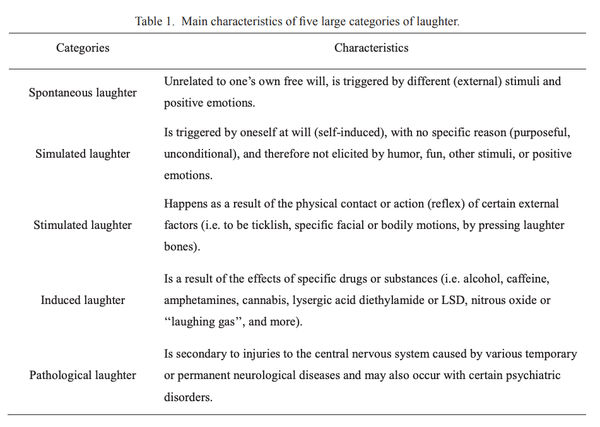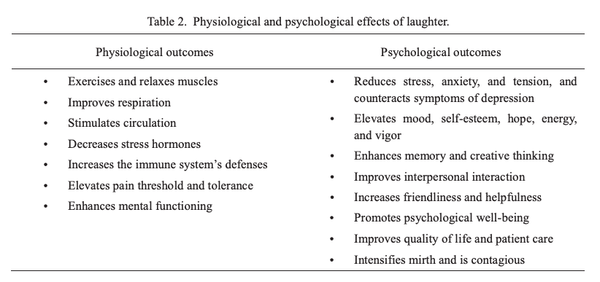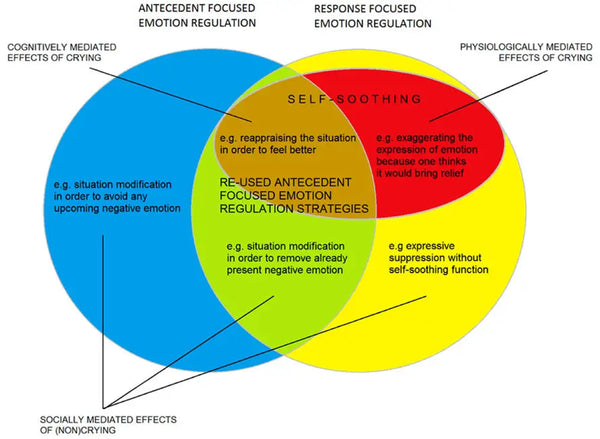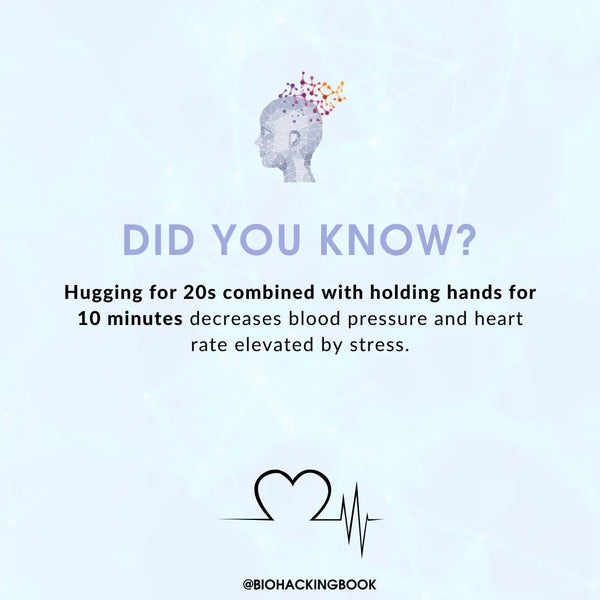Помните, когда вы в последний раз рассмеялись? Как ты себя чувствовал после смеха? :) Как вы себя чувствовали, когда в последний раз плакали и отпустили всю боль? Вы обнимаете каждый день или, может быть, вы ненавидите обнимать? Узнайте больше о пользе для здоровья от плача, смеха и объятий в этой статье!
Смеяться
Говорят, что смех продлевает жизнь. Смех сочетает в себе ритмические сокращения диафрагмы с другими слышимыми дыхательными движениями и различными «рычаниями» смеха. Смех выражает позитивные эмоциональные состояния и реагирует на удивительную ситуацию. Смех также может быть смешан с плач в сильных эмоциональных состояниях.
Был обнаружен веселый и длительный смех снижение уровня кортизола и адреналина в крови, среди других. Смех тоже увеличивает количество серотонина в кровотоке. Положительное влияние смеха на здоровье стало лучше понять. Смех терапии также были разработаны на основе исследований. Было обнаружено, что они занимаются физическими упражнениями и расслабляют мышцы, улучшают дыхание, стимулируют кровообращение, гормоны с более низким стрессом, повышают пороговые значения боли и улучшают умственную производительность. Также было обнаружено, что терапия смеха является эффективным средством лечения депрессии, особенно у пожилых людей.


Источник: Yim, J. (2016). Терапевтические преимущества смеха в психическом здоровье: Теоретический обзор. Журнал экспериментальной медицины Tohoku 239 (3): 243–249. Обзор.
Плачет
Функция слезной жидкости состоит в том, чтобы очистить и ополаскивать поверхность глаза. Мигание веки равномерно распределяет слезоточную жидкость и сохраняет глаз влажным. Слезная жидкость выделяется больше, чем обычно, когда плач или в ситуациях, когда рефлекс слезы имеет тенденцию защищать чувство зрения от внешних стимулов, таких как дым, луковая кислота или мусор.
Плач также является типичным человеческим способом снять напряжение, разочарование, обиду и стресс в контексте сильного эмоционального состояния. На распространенность и регулярность крика влияют возраст, пол, личность, культурная терпимость, социальная статус и биохимия, такие как гормоны и нейротрансмиттеры, среди прочих. Много раз плач происходит в трудных ситуациях, таких как разделение, потеря и беспомощность, и контекст сильного позитивного или отрицательного эмоционального состояния. Плач может возникнуть либо внутри индивидуально (самообеспечения), либо межиндивидуально (социальная поддержка)Полем Из них плач, отражаемый во внутреннем пространстве, обычно связан с снятием стресса и повышением настроения. Точно так же крик среди людей, как правило, является отражением необходимости внимания и близости или испытываемого отсутствия сочувствия в эмоционально сложной ситуации.

Изображение: Самоуболезненный в отношении стратегий регуляции эмоций, ориентированных на предшествующую и ориентированного на реакцию.
Источник: Грачанин, А. и Билсма, Л. и Вингерхот, А. (2014). Плач самоуболезненное поведение? Границы в психологии 5: 502.
В 1980 -х годах, Биохимик Уильям Х. Фрей II предположил, что плач будет биохимическим способом для тела снять воспринимаемый стрессПолем Он основал это на наблюдении, что слезы, вызванные эмоциональными состояниями, отличаются по композиции от тех, которые производятся раздражителями.
Эмоциональные слезы включают в себя обезболивающие эндокринные опиоиды, кортикотропин (АКТГ) и пролактин, также называемый молочным гормоном, который естественно секретируется больше у женщин, чем мужчин. Это может быть одной из причин, по которой женщины статистически кричат чаще, чем мужчины. Эстрогены, среди прочего, увеличивают производство пролактина. Высокие уровни пролактина приводят к снижению секреции половых гормонов, таких как эстроген и тестостерон. Исследования показывают, что высокий уровень тестостерона, в свою очередь, снижает вероятность плача. Однако, Высокий уровень тестостерона не связан с отсутствием эмпатии, как это могло быть ранее считалось.
С другой стороны, культура и общество также влияют на плач: Люди в более богатых странах могут больше плакать, потому что они живут в культуре, которая позволяет это, в то время как люди в более бедных странах - у которых, по -видимому, есть больше причин для плака - не делают этого из -за культурных норм, которые не одобряют выражение эмоций.
Кроме того, плач связан с активация парасимпатической нервной системы, Снижение секреции кортизола, высвобождение фактора роста нерва (NGF) и секреция окситоцина. Когнитивные явления включать увеличение Самоуважение и открытие нового взгляда на печальное событие.
Снятие стресса, обнимая
“Нам нужно четыре объятия в день для выживания. Нам нужно восемь объятий в день для обслуживания. Нам нужно 12 объятий в день для роста.”
-Вирджиния Сатир (1916-1988)
Объявление было показано, что в исследованиях является очень эффективным способом повышения уровня окситоцина гормона любви в организме. У женщин (до менопаузы), обычный партнер Объявление связано с более высоким уровнем окситоцина и снижением кровяного давления. Объединяющие и трогательные пары, вероятно, будут в целом здоровее чем меньше объятий и трогательных пар.

Объявление всего тела Было обнаружено, что уравновешивает нервную систему, снижает уровень кортизола в организме, уменьшает одиночество и страх, повышает самооценку, снижает напряжение и увеличивает благодарность. Объявление в течение десяти секунд было обнаружено увеличивает иммунитет организма, снижает депрессию и снимает усталость.
Двадцать второе объятие, в сочетании с держанием рук в течение десяти минут, заметно снижает артериальное давление и частоту сердечных сокращений, повышенные при хроническом стрессе.
///





